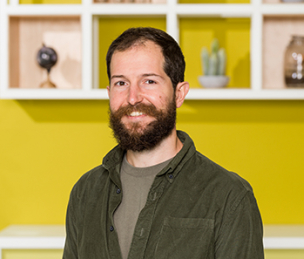Displaying 1 - 3 of 3
-
Bignardi, G., Chamberlain, R., Kevenaar, S. T., Tamimy, Z., & Boomsma, D. I. (2022). On the etiology of aesthetic chills: A behavioral genetic study. Scientific Reports, 12: 3247. doi:10.1038/s41598-022-07161-z.
Abstract
Aesthetic chills, broadly defined as a somatic marker of peak emotional-hedonic responses, are experienced by individuals across a variety of human cultures. Yet individuals vary widely in the propensity of feeling them. These individual differences have been studied in relation to demographics, personality, and neurobiological and physiological factors, but no study to date has explored the genetic etiological sources of variation. To partition genetic and environmental sources of variation in the propensity of feeling aesthetic chills, we fitted a biometrical genetic model to data from 14127 twins (from 8995 pairs), collected by the Netherlands Twin Register. Both genetic and unique environmental factors accounted for variance in aesthetic chills, with heritability estimated at .36 ([.33, .39] 95% CI). We found females more prone than males to report feeling aesthetic chills. However, a test for genotype x sex interaction did not show evidence that heritability differs between sexes. We thus show that the propensity of feeling aesthetic chills is not shaped by nurture alone, but it also reflects underlying genetic propensities.Competing Interest StatementThe authors have declared no competing interest.Additional information
Link to Preprint on BioRxiv -
Trupp, M. D., Bignardi, G., Chana, K., Specker, E., & Pelowski, M. (2022). Can a brief interaction with online, digital art improve wellbeing? A comparative study of the impact of online art and culture presentations on mood, state-anxiety, subjective wellbeing, and loneliness. Frontiers in Psychology, 13: 782033. doi:10.3389/fpsyg.2022.782033.
Abstract
When experienced in-person, engagement with art has been associated—in a growing body of evidence—with positive outcomes in wellbeing and mental health. This represents an exciting new field for psychology, curation, and health interventions, suggesting a widely-accessible, cost-effective, and non-pharmaceutical means of regulating factors such as mood or anxiety. However, can similar impacts be found with online presentations? If so, this would open up positive outcomes to an even-wider population—a trend accelerating due to the current COVID-19 pandemic. Despite its promise, this question, and the underlying mechanisms of art interventions and impacts, has largely not been explored. Participants (N = 84) were asked to engage with one of two online exhibitions from Google Arts and Culture (a Monet painting or a similarly-formatted display of Japanese culinary traditions). With just 1–2 min exposure, both improved negative mood, state-anxiety, loneliness, and wellbeing. Stepdown analysis suggested the changes can be explained primarily via negative mood, while improvements in mood correlated with aesthetic appraisals and cognitive-emotional experience of the exhibition. However, no difference was found between exhibitions. We discuss the findings in terms of applications and targets for future research.Additional information
supplementary materials -
Vessel, E. A., Ishizu, T., & Bignardi, G. (2022). Neural correlates of visual aesthetic appeal. In M. Skov, & M. Nadal (
Eds. ), The Routledge international handbook of neuroaesthetics (pp. 103-133). London: Routledge.

Share this page